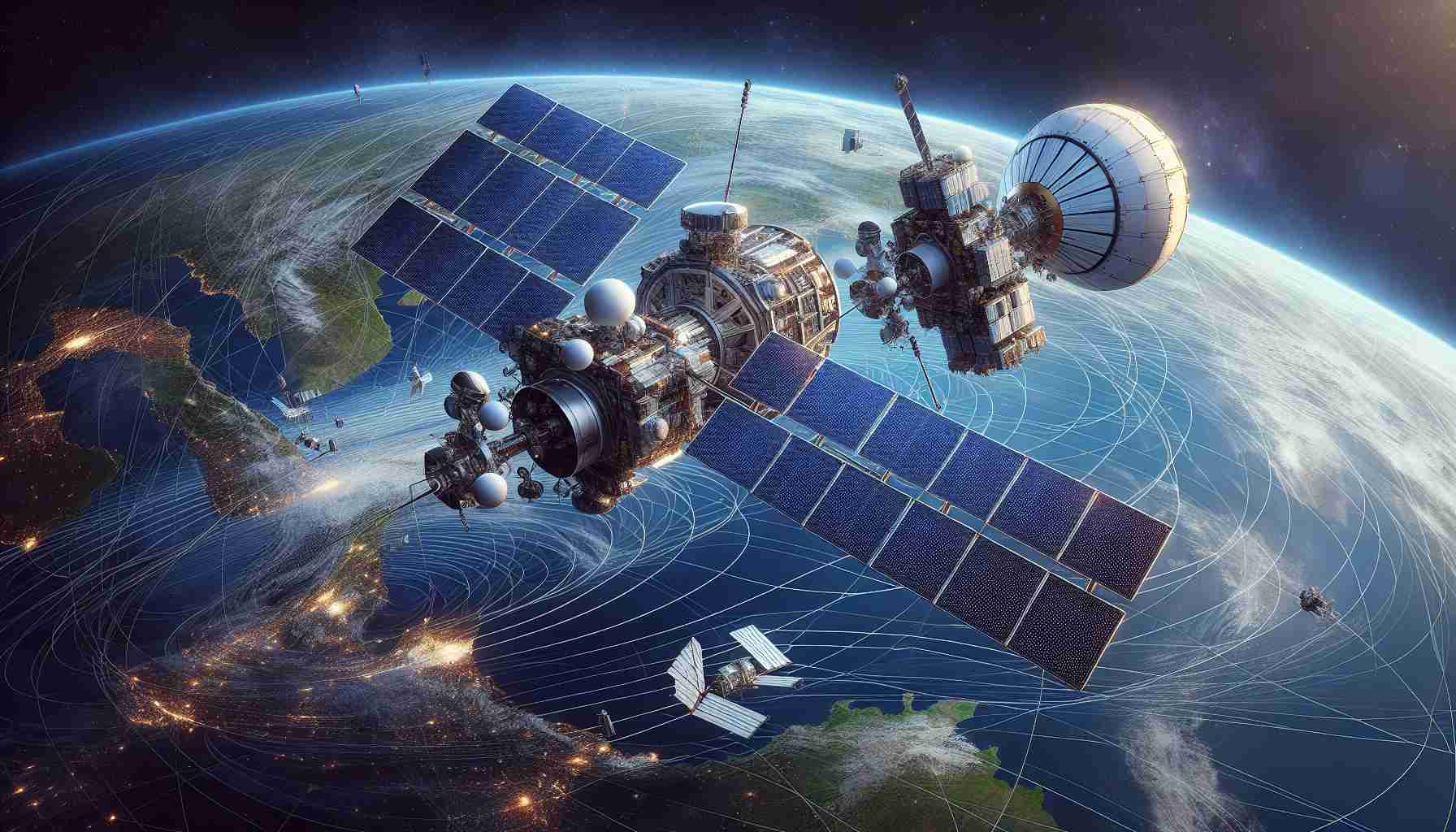
ST Engineering iDirect has been chosen to extend the Satria-1 satellite network in Indonesia, marking a crucial step in the country’s efforts to broaden internet accessibility. The completion of Phase One laid a solid foundation with the establishment of a modern hub infrastructure that significantly improved connectivity throughout the Indonesian archipelago.
Collaboration with local partner PT Bis Data Indonesia has been essential in this initiative. Their joint efforts and the swift deployment of technology were instrumental in securing the continuation of this vital project, which aims to equip underserved areas with high-speed internet.
The upcoming Phase Two aims to enhance network capacity by an additional 26Gbps, facilitated by new gateways located in Timika, Manokwari, and Jayapura. This move will greatly increase access to essential services, including education and healthcare, impacting around 150,000 public service points—encompassing nearly 94,000 schools and 3,700 healthcare facilities.
The Satria-1 satellite itself, launched in 2023 with a remarkable capacity of 150Gbps, plays a significant role in Indonesia’s strategy to rectify the digital divide. The project not only addresses existing gaps but also positions Indonesia to adapt to future demands, creating a robust infrastructure that anticipates the need for advanced satellite services.
Both ST Engineering iDirect and PT Bis Data Indonesia are committed to this ambitious connectivity initiative, eager to foster progress for the nation’s digital landscape.
Expansion of Satria-1 Satellite Network to Enhance Connectivity in Indonesia: Key Developments and Challenges
The expansion of the Satria-1 satellite network presents a pivotal advancement in addressing Indonesia’s digital divide. As the world’s largest archipelagic state, Indonesia faces unique challenges in providing equitable internet access due to its vast geography and dispersed population. With the completion of Phase Two of the Satria-1 project on the horizon, significant improvements in connectivity across the nation are anticipated.
Key Questions Surrounding the Expansion
1. What is the significance of the 26Gbps capacity increase?
The additional 26Gbps capacity is crucial as it directly impacts the broadband speeds that can be delivered to underserved regions. This enhancement will allow for more reliable internet access, affecting a wider range of services from e-governance to telemedicine.
2. How will the new gateways influence connectivity?
The introduction of new gateways in Timika, Manokwari, and Jayapura is expected to improve latency and bandwidth for users in those regions. This localized infrastructure will reduce the distance data must travel, optimizing the performance of satellite services.
3. Who are the primary beneficiaries of this initiative?
Key beneficiaries include approximately 150,000 public service points, specifically targeting nearly 94,000 schools and around 3,700 healthcare facilities. The provision of high-speed internet will enhance educational opportunities and improve healthcare delivery.
Challenges and Controversies
Despite the promising advancements, several challenges must be navigated:
– Infrastructure Deployment: The physical rollout of internet access tools such as routers and satellite dishes involves logistical challenges, especially in remote and rural areas. This can slow down the rate of connectivity improvements.
– Financial Viability: Ensuring the affordability of services is another hurdle. High costs of satellite internet infrastructure may deter widespread adoption in poorer regions. Concessions or subsidies from the government might be necessary to assist in bridging this gap.
– Regulatory Framework: The expansion of satellite internet services may require updates to existing regulations, which could involve bureaucratic hurdles. Streamlining these processes will be key to ensuring timely implementation.
Advantages and Disadvantages
Advantages:
– Broader Access to Services: The enhanced network is designed to bridge the digital divide, providing access to critical services like education and health care.
– Future-Proof Infrastructure: The high capacity of the Satria-1 satellite positions Indonesia to meet not only current demands but also future technological advancements.
– Economic Growth Potential: Improved connectivity can spur economic development in remote areas, promoting entrepreneurial activities and better job opportunities.
Disadvantages:
– Dependency on Satellite Technology: Increased reliance on satellite technology can raise concerns regarding resilience. For instance, natural disasters can disrupt satellite signals more easily compared to fiber-optic networks.
– Potential Environmental Impact: Launching and deploying satellites can have environmental repercussions, including space debris management.
– Cost of Maintenance: Sustaining a high-capacity satellite network may involve ongoing financial investment, which could be a burden on public resources.
As the Satria-1 satellite network expansion progresses, the commitment of stakeholders such as ST Engineering iDirect and PT Bis Data Indonesia plays a critical role in ensuring successful implementation. The cooperative effort aims to enrich Indonesia’s digital landscape, promising a more connected and sustainable future.
For further information, you can visit ST Engineering and PT Bis Data Indonesia.



